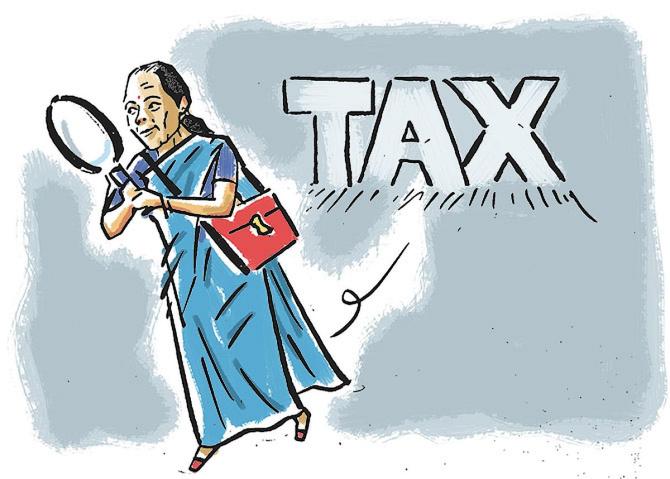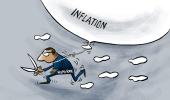India’s gross tax revenue, comprising both direct and indirect taxes between April and July, reported a growth rate of merely 2.8 per cent to Rs 8.9 trillion compared to the same period a year ago, as shown by government data on Thursday.

This growth was dampened by direct tax figures, offsetting the healthy growth in goods and services tax collections and Customs duties.
While net tax revenue contracted by 12.6 per cent to Rs 5.8 trillion up to July, accounting for 25 per cent of the Rs 23.3 trillion full-year target, this could be attributed to the increased tax devolution to states during the period.
Until the end of July, corporate tax collections amounted to Rs 1.76 trillion, lower than the amount collected during the same period the previous year.
However, personal income-tax collections of Rs 2.57 trillion and central goods and services tax collections of Rs 2.73 trillion grew compared to the same period a year ago.
Union excise duty collection in the first four months of the current financial year (2023-24, or FY24) stood at Rs 76,200 crore, below the Rs 85,147 crore collected during the same time the previous year.
Revenue deficit, or the gap between revenue receipts and revenue spending, stood at Rs 3 trillion through July, which is 35 per cent of the full-year target.
The deterioration of the Centre’s finances in July was driven by both its income and expenditure.
India’s fiscal deficit for the first four months of FY24 through July stood at Rs 6.06 trillion, or 33.9 per cent of the full-year target of Rs 17.87 trillion, revealed data.
This expansion is mainly due to the upfronting of tax devolution and increased expenditure.
Fiscal deficit — the gap between government spending and revenue receipts — for April-July 2022 was Rs 3.4 trillion, or 20.5 per cent of the Budget Estimates (BE).
Noticeably, the fiscal deficit for April-July saw a massive jump of 78 per cent compared to the same period the previous year.
The Centre’s debilitating finances are attributed to July figures, which reported a deficit of Rs 1.54 trillion, whereas in the previous financial year, there was a surplus of Rs 11,040 crore.
Some respite has come from non-tax revenues, which have doubled during the period to Rs 1.79 trillion following the Reserve Bank of India’s large dividend payout.
Meanwhile, capital expenditure stood at Rs 3.17 trillion, a 52 per cent rise, in line with the government’s push for economic growth.
“With a step-up in June-July 2023, central tax devolution increased quite appreciably to Rs 3.1 trillion in April-July of FY24 from Rs 2 trillion in April-July of 2022-23 (FY23), contributing to the year-on-year contraction in net tax revenues,” said Aditi Nayar, chief economist, ICRA.
Overall, the fiscal deficit remains on track despite some weakening in government finances to meet its goal of 5.9 per cent of gross domestic product for FY24.
“To meet the FY24 BE, the Centre has to release Rs 7.1 trillion to states in the next eight months, which is 5 per cent lower than the amount devolved in August-March in FY23.
"This would contain the incremental fiscal deficit in some of the ensuing months, especially August 2023,” Nayar observed.











